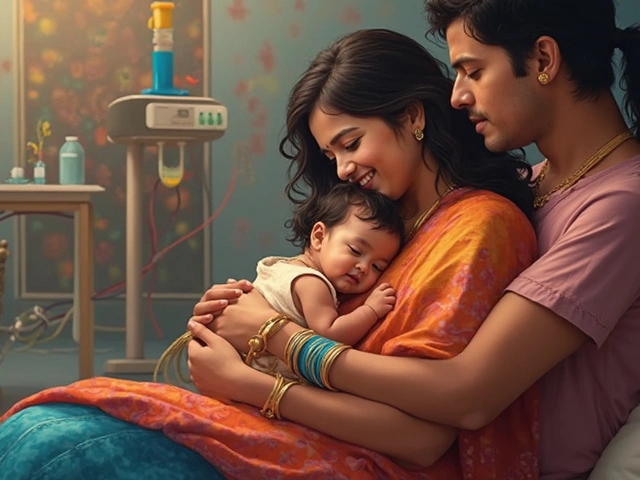IVF Gender Selection Cost in India – What to Expect
When planning a family, many couples wonder about the IVF gender selection cost and whether it fits their budget. IVF gender selection cost, the total price a couple pays to combine in‑vitro fertilisation with a method to choose the baby's sex. Also known as IVF sex selection price, it varies widely across clinics, technologies, and locations in India.
Understanding the cost starts with the core service: IVF, a set of assisted‑reproductive techniques that retrieve eggs, fertilise them outside the body, and transfer embryos back into the uterus. IVF alone already carries fees for medication, monitoring, and laboratory work. Adding gender selection, the process of choosing a male or female embryo before transfer introduces extra steps and technology, which directly impact the final bill.
Key Factors That Shape the Price
The total amount a couple pays is a sum of several distinct components. First, PGD, pre‑implantation genetic diagnosis used to test embryos for chromosomal sex adds lab fees that can range from ₹25,000 to ₹80,000 per cycle, depending on the clinic’s expertise. Second, the choice of fertility clinic, a specialised medical centre that offers IVF, embryology, and related services matters; metropolitan clinics often charge more for state‑of‑the‑art equipment and experienced embryologists.
Medication costs are another big chunk. Gonadotropins, which stimulate egg production, can cost anywhere between ₹30,000 and ₹70,000 per cycle. Monitoring appointments, ultrasounds, and blood tests add further expenses, typically ₹5,000‑₹10,000 each. Finally, there are indirect costs like travel, accommodation for out‑of‑city patients, and any legal paperwork required where gender selection is regulated.
All these pieces create a semantic triple: IVF gender selection cost encompasses clinic fees, lab technology, and medication expenses. Another triple links regulation to price: Indian regulations influence the availability of gender selection, which in turn affects overall cost. A third connection is: higher success rates often justify higher fees because they reduce the number of cycles needed. These relationships help couples see why a single price tag rarely tells the whole story.
When you compare options, look for transparent breakdowns. Some clinics bundle services into a flat package, while others itemise each cost. A bundled fee might appear higher upfront but could save money if it includes medication, PGD, and embryo transfer. Conversely, an itemised quote lets you customise – for example, opting for a lower‑cost medication protocol while still using PGD.
Ethical and legal considerations also play a role. In India, gender selection is allowed only for medical reasons under the Assisted Reproductive Technology (Regulation) Act. Clinics that strictly follow these guidelines may charge extra compliance fees, while those that operate in a legal grey area might offer lower prices but pose higher risks. Understanding the regulatory environment is essential to avoid hidden costs later.
So, what will you actually see on a bill? A typical range for a full IVF cycle with gender selection in India falls between ₹1,50,000 and ₹3,00,000. Premium centres in major cities can exceed ₹4,00,000, especially if multiple cycles are needed. Budget‑friendly clinics in smaller towns might stay under ₹1,00,000, but they may lack the latest PGD technology, potentially affecting success rates.
Armed with this overview, you can now dive into the specific articles below. They break down medication protocols, compare top clinics, discuss legal nuances, and share real‑world cost experiences. Use these resources to match your financial plan with the most suitable choice for your family‑building journey.






